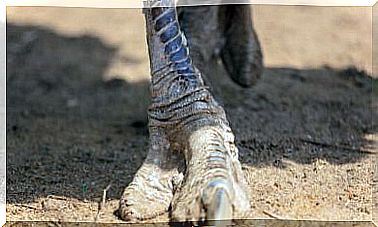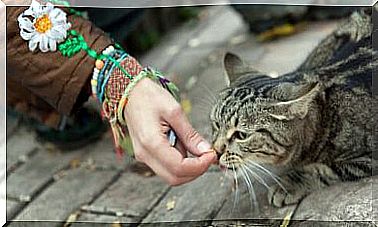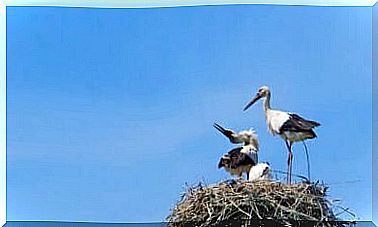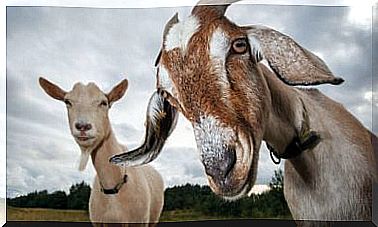Mezanze Habitat And Characteristics
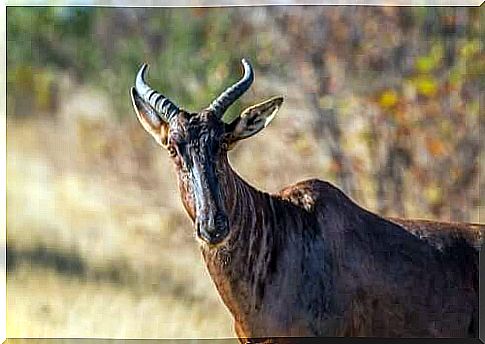
The mezanze moves in large herds that travel across the African continent following the monsoons. Learn more about how one of the great African herbivores survives.
Habitat and morphology of the mezanze
The mezanze, or Damaliscus lunatus , is a fast, muscular mammal that is found in both eastern and southern Africa. It is one of six topi subspecies that exist on Earth. Its anatomy and skin color make it look very similar to a buffalo, another African mammal.
The mezanze habitat is concentrated in the north of the African savannah, in vast plains that end up being underwater during the monsoon periods.
In and around southern Sudan there are also thousands of mezanze subspecies that emigrated in search of greener pastures and did not return to their country of origin.
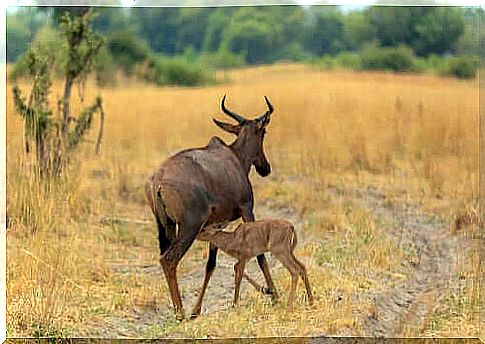
Mezanze females are generally smaller than males, which can measure 115 cm and weigh 130 kg. Both male and female have very similar horns shaped like a crescent moon. To the naked eye, these horns are less strong and showy than those of East African topis.
Its coat is less colored; in front of the strong reddish and bright tones of the topis, the mezanze is between shades of brown and black that suit the environment better.
A migratory and gregarious herbivore
The mezanze lives in groups of different sizes that can gather hundreds of them, especially in the great migrations that precede the monsoons.
Their reproductive habits and their gregarious behavior are directly related to their territorial instincts. To reproduce, it is essential that the male has its own territory.
In the large herds of the African savanna this territory can vary between 50 and 400 hectares. Males progressively increase their domain and migrate only to seek better pastures or water sources.
When they return, they are able to quickly re-establish their old social and territorial networks. Females, in turn, live in groups of mothers and offspring, and move through the different territories of the males.
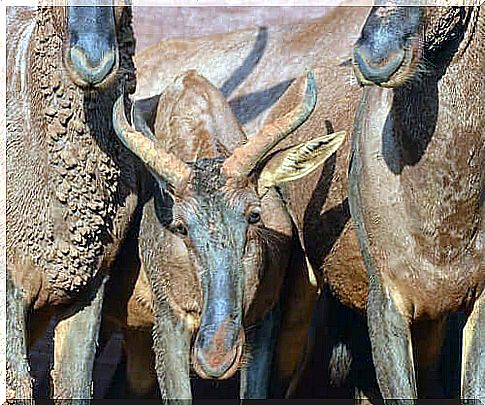
The mating season lasts around three months. Males typically form herds of 100, who will fight to monopolize entire groups of females.
These travel during heat guided by the scent that the males leave and go only to mate. The mezanze breeding season usually occurs during the dry season.
The mezanze, a hunting victim species
Although the IUCN does not classify the mezanze as an endangered species, it is estimated that between 1970 and 1980 this species suffered a severe blow that caused its extinction in Mozambique. Currently, they are starting to be introduced in the Swaziland region.
The main threat to these herbivores is hunting. The price you can get for a copy on the black market varies between 800 and 5000 dollars.
Therefore, in South Africa this is considered an endangered species, and special permission is required for its hunting. The South African government’s conservation actions are gradually making the mezanze recover.
